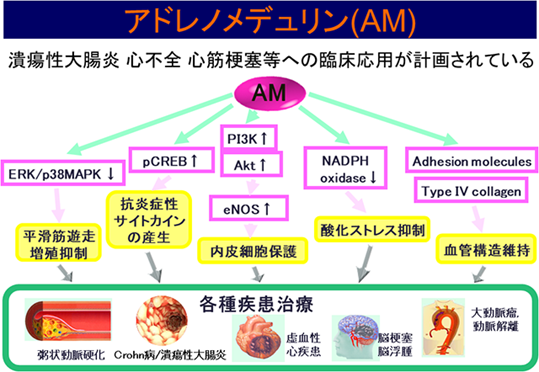2024-11-13 インペリアル・カレッジ・ロンドン(ICL)
<関連情報>
- https://www.imperial.ac.uk/news/258217/diabetes-rate-doubles-800-million-adults/
- https://www.thelancet.com/journals/lancet/article/PIIS0140-6736(24)02317-1/fulltext
1990年から2022年までの糖尿病の有病率と治療に関する世界的な傾向:1億4100万人の参加者を対象とした1108件の人口代表研究の統合分析 Worldwide trends in diabetes prevalence and treatment from 1990 to 2022: a pooled analysis of 1108 population-representative studies with 141 million participants
NCD Risk Factor Collaboration (NCD-RisC)
The Lancet Published: November 13, 2024
DOI:https://doi.org/10.1016/S0140-6736(24)02317-1
02317-1/asset/394405b9-d2e8-4c2e-ad58-b49b642c7042/main.assets/gr1b.jpg)
Summary
Background
Diabetes can be detected at the primary health-care level, and effective treatments lower the risk of complications. There are insufficient data on the coverage of treatment for diabetes and how it has changed. We estimated trends from 1990 to 2022 in diabetes prevalence and treatment for 200 countries and territories.
Methods
We used data from 1108 population-representative studies with 141 million participants aged 18 years and older with measurements of fasting glucose and glycated haemoglobin (HbA1c), and information on diabetes treatment. We defined diabetes as having a fasting plasma glucose (FPG) of 7·0 mmol/L or higher, having an HbA1c of 6·5% or higher, or taking medication for diabetes. We defined diabetes treatment as the proportion of people with diabetes who were taking medication for diabetes. We analysed the data in a Bayesian hierarchical meta-regression model to estimate diabetes prevalence and treatment.
Findings
In 2022, an estimated 828 million (95% credible interval [CrI] 757–908) adults (those aged 18 years and older) had diabetes, an increase of 630 million (554–713) from 1990. From 1990 to 2022, the age-standardised prevalence of diabetes increased in 131 countries for women and in 155 countries for men with a posterior probability of more than 0·80. The largest increases were in low-income and middle-income countries in southeast Asia (eg, Malaysia), south Asia (eg, Pakistan), the Middle East and north Africa (eg, Egypt), and Latin America and the Caribbean (eg, Jamaica, Trinidad and Tobago, and Costa Rica). Age-standardised prevalence neither increased nor decreased with a posterior probability of more than 0·80 in some countries in western and central Europe, sub-Saharan Africa, east Asia and the Pacific, Canada, and some Pacific island nations where prevalence was already high in 1990; it decreased with a posterior probability of more than 0·80 in women in Japan, Spain, and France, and in men in Nauru. The lowest prevalence in the world in 2022 was in western Europe and east Africa for both sexes, and in Japan and Canada for women, and the highest prevalence in the world in 2022 was in countries in Polynesia and Micronesia, some countries in the Caribbean and the Middle East and north Africa, as well as Pakistan and Malaysia. In 2022, 445 million (95% CrI 401–496) adults aged 30 years or older with diabetes did not receive treatment (59% of adults aged 30 years or older with diabetes), 3·5 times the number in 1990. From 1990 to 2022, diabetes treatment coverage increased in 118 countries for women and 98 countries for men with a posterior probability of more than 0·80. The largest improvement in treatment coverage was in some countries from central and western Europe and Latin America (Mexico, Colombia, Chile, and Costa Rica), Canada, South Korea, Russia, Seychelles, and Jordan. There was no increase in treatment coverage in most countries in sub-Saharan Africa; the Caribbean; Pacific island nations; and south, southeast, and central Asia. In 2022, age-standardised treatment coverage was lowest in countries in sub-Saharan Africa and south Asia, and treatment coverage was less than 10% in some African countries. Treatment coverage was 55% or higher in South Korea, many high-income western countries, and some countries in central and eastern Europe (eg, Poland, Czechia, and Russia), Latin America (eg, Costa Rica, Chile, and Mexico), and the Middle East and north Africa (eg, Jordan, Qatar, and Kuwait).
Interpretation
In most countries, especially in low-income and middle-income countries, diabetes treatment has not increased at all or has not increased sufficiently in comparison with the rise in prevalence. The burden of diabetes and untreated diabetes is increasingly borne by low-income and middle-income countries. The expansion of health insurance and primary health care should be accompanied with diabetes programmes that realign and resource health services to enhance the early detection and effective treatment of diabetes.
Funding
UK Medical Research Council, UK Research and Innovation (Research England), and US Centers for Disease Control and Prevention.


